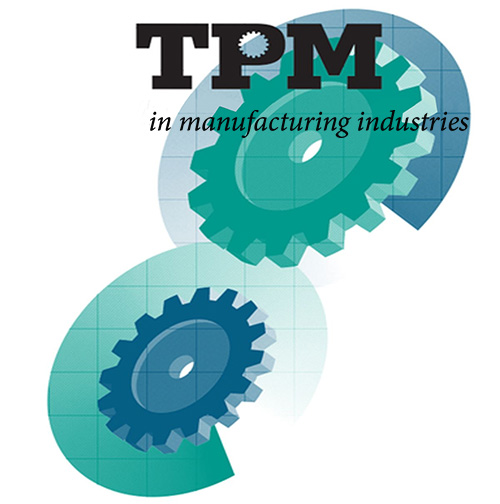Total Productive Maintenance (TPM)

Objectives
- Reduced downtime due to breakdowns and converted products.
- Reduce speed loss (when devices can not operate at its optimal speed).
- Reduce idling time and stop unexpectedly because of abnormal operation of the sensor, work jams, ..
- Reduction of process defects caused by defective goods or cancel the need to recycle.
- Reduce waste testing.
Training methods
- Power Point presentation, group presentation
- Join the discussion, guide and coaching through the practice of connecting to the actual work (games, exercises)
- Watch the video clip, role playing
- Handle real situations and with reference books
- Tell the story/Sharing real experiences
- Each participants will be practicing and receiveing suggestions, editing in class
Contents
-
INTRODUCTION TO THE TPM
- Total Productive Maintenance Introduction: TPM Perspective
- Lifecycle costing, True costs, Benefits of TPM
- Autonomous Maintenance, TPM Inspection
- Visual Aids and management of maintenance
- 7 types of Abnormalities, TPM Tags, One-Point Lessons
- OEE (Overall Equipment Effectiveness) Worksheet, 6 Major Losses, Practical steps to improvement
- OEE Measurements and related documentations
- Establish counter measures
-
TPM IMPLEMENTATION TECHNIQUES
- Visual controls and visual systems for equipment
- Establish cleaning and lubrication standards (TPM Inspection Cards)
- Formalize mechanical, electrical, and other control standards
- General inspection training and One-Point Lesson development
- Finalized inspection routine; document; responsibilities; etc.
- 30 Day Action Log
- Review and analysis OEE
- Cause analysis and proposed actions to improve OEE
- TPM team presentations and management review
Duration
2 days